The concept of time travel is nothing new—it has already been thoroughly explored in dozens of sci-fi movies, TV shows, books, and whatnot. But despite that, various creators, artists, inventors, and scientists still seem to remain totally fascinated by this mysterious and intriguing idea.
I don’t know about you, but I sometimes find myself wondering—why is humanity so damn obsessed with time travel? We could probably find millions of different answers to this single question. One scientific writer James Gleick, who wrote a book called Time Travel: A History, had a quite interesting one: “Because we’re obsessed with time. Because time is what we care about, time rules our lives. Time creates possibilities for us and also terminates possibilities for us. Time is a harsh mistress. We struggle with it every day of our lives and more and more now than ever in the past.” “It’s our mortality we’re concerned with, and time travel gives us a way to invent, at least temporarily, a kind of immortality,” James Gleick said. How would you answer this question?
But now, let’s go back to reality and talk about a different kind of time travel: one that is 100% realistic, but still mindblowing and absolutely fascinating. Recently, a YouTube creator called Lucas Builds The Future uploaded a video where he shared his journey of building a virtual reality time machine.
More info: YouTube | Twitter | Instagram | Facebook
This guy named Lucas Rizzotto wore video recording glasses for a whole year and built a personal virtual time machine!
We highly encourage you to watch the full video because it’s super entertaining, but just in case—here’s a quick recap
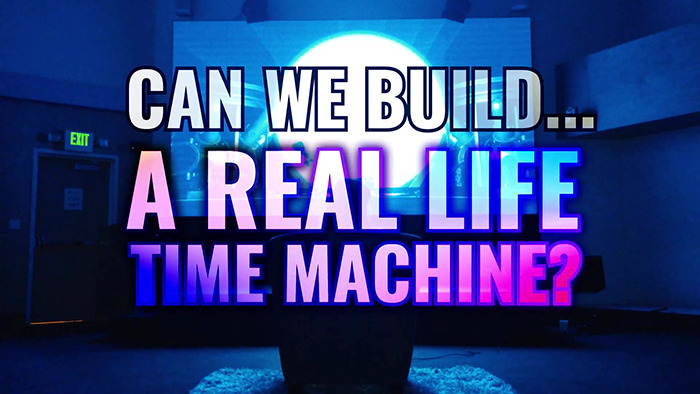
Image credits: Lucas Builds The Future
“Can we build a real life time machine? That is the question I asked myself two years ago,” Lucas begins. Spoiler alert: the answer is YES. “Now the truth is that we can’t build a time machine that lets you go back in time and kill Hitler. I tried that, that’s very hard,” Lucas continues. “What we can do is build a personal time machine—a virtual reality invention that lets you go back in time to re-experience your memories from the past. And the way we’re gonna do it is simple. For one year, I will wear a camera on my face recording my life day in and day out for 365 days. And then, using the power of virtual reality, we’ll create a time machine simulation that lets me go back to any day I want to see through younger eyes again.”
The first step of this mission was to find (or create) a camera that could be worn on the face
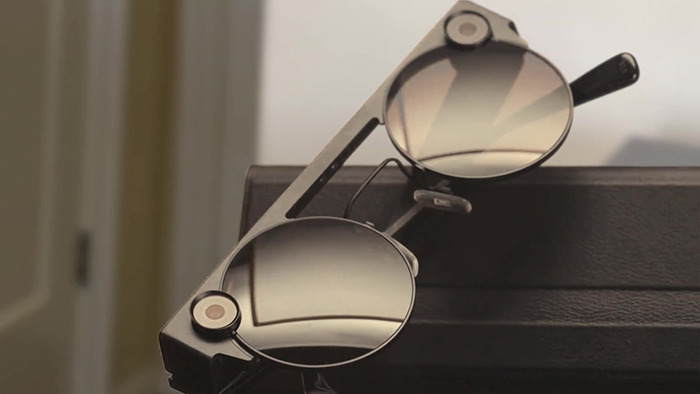
Image credits: Lucas Builds The Future
In the beginning, Lucas attempted to build his own camera. Unfortunately, it didn’t really turn out the way he was expecting. “It was ugly, heavy, and uncomfortable,” Lucas concludes in his video. After that, the guy decided to simply buy a pair of camera glasses on the internet.
There are two cameras on these glasses
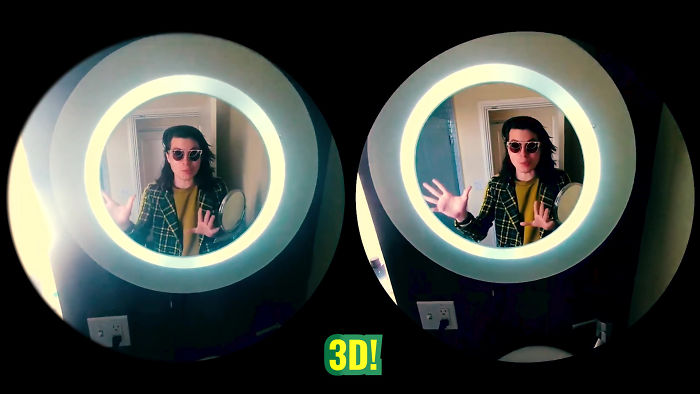
Image credits: Lucas Builds The Future
The glasses Lucas bought are created by Snapchat and are called the Spectacles. And it’s really easy to use them—you just have to press the button and the cameras start recording. Moreover, these glasses have two cameras on them, so Lucas was really excited about that.
Later, it turned out that the Spectacles had a few limitations
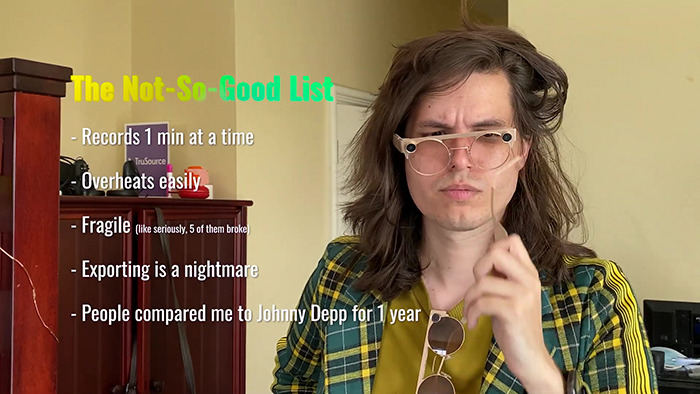
Image credits: Lucas Builds The Future
“So I packed my bags, bought myself some plane tickets, and started my one-year trip around the world”
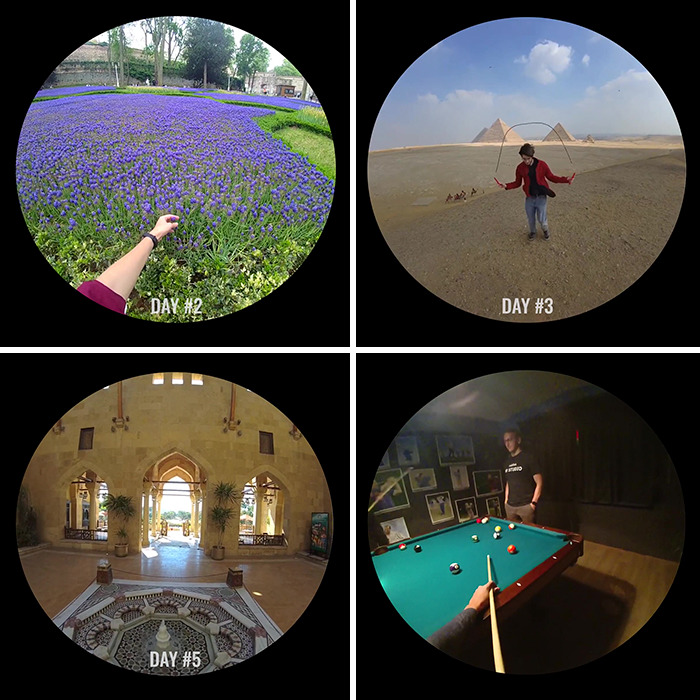
Image credits: Lucas Builds The Future
Above, you can see some of the shots filmed with the Spectacles. After a year, there was A LOT of footage. A LOT.
After gathering all of the footage, it was finally time to start working on the time machine. There were three main steps to it:
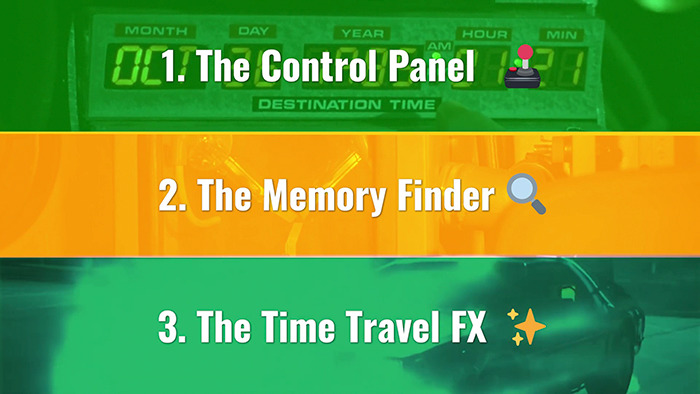
Image credits: Lucas Builds The Future
Lucas decided to start by working on the control panel
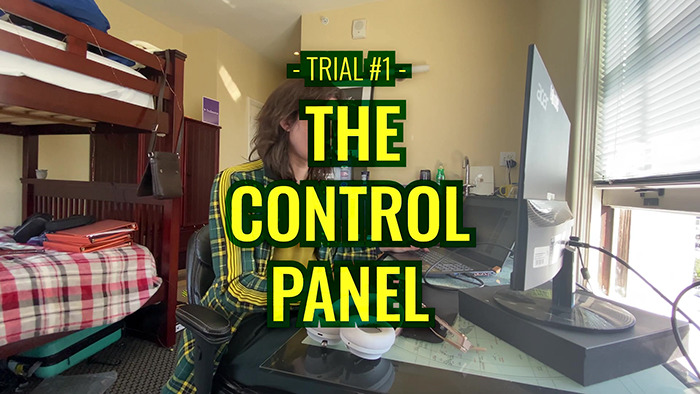
Image credits: Lucas Builds The Future
Here’s what the sketch of the control panel looked like
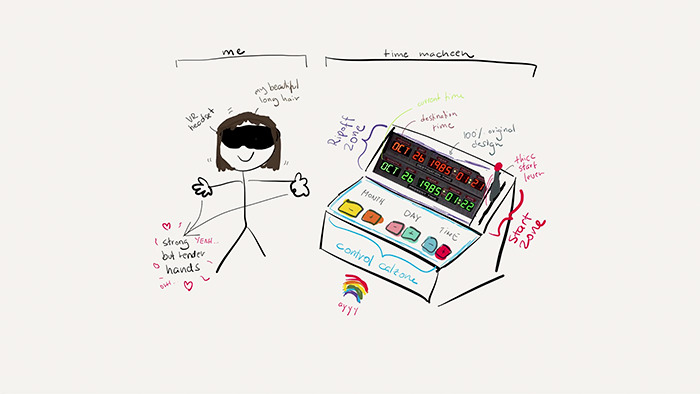
Image credits: Lucas Builds The Future
And here’s how it tuned out
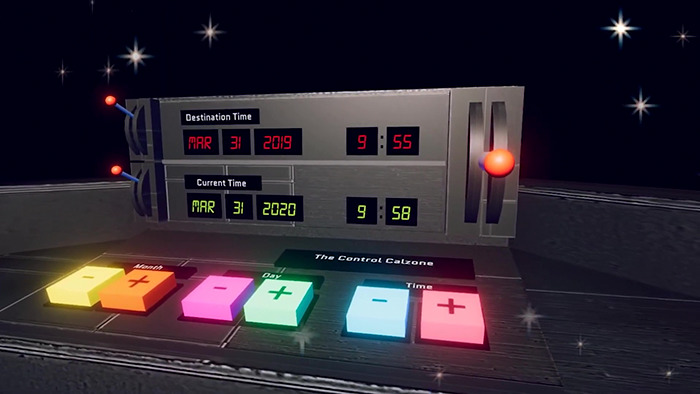
Image credits: Lucas Builds The Future
Then it was time to finally work on the footage, but Lucas wasn’t psychologically ready to deal with that yet. So he decided to procrastinate and jump straight to trial number 3

Image credits: Lucas Builds The Future
“In this part of the video, we’re gonna use our imagination and spice up our memories with some time travel effects,” Lucas says in his video.
Lucas was inspired by the memory pool from Harry Potter, as well as the movie Minority Report, and he attempted to create something similar. Unfortunately, it didn’t go that well…
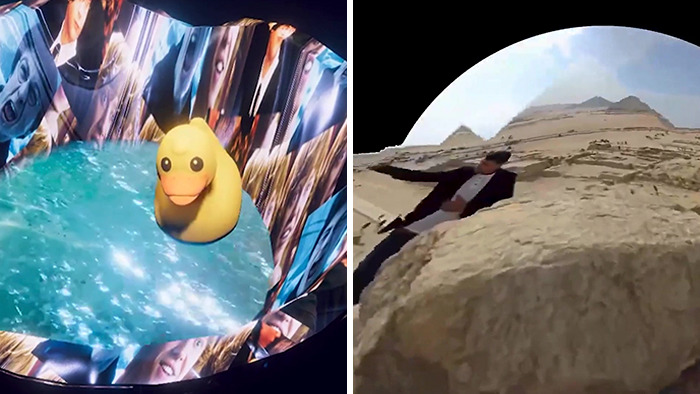
Image credits: Lucas Builds The Future
But then he let his imagination run free and this beautiful masterpiece happened:
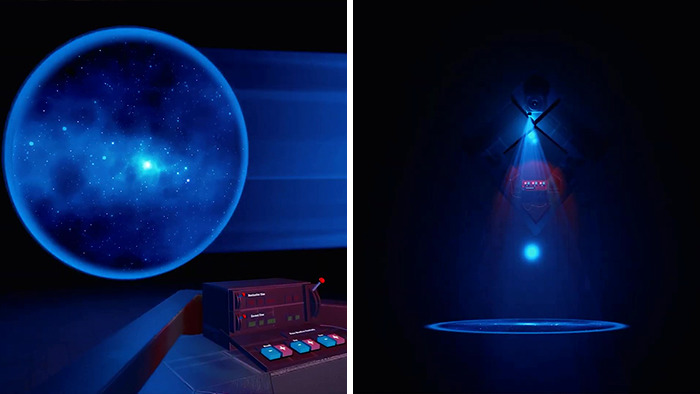
Image credits: Lucas Builds The Future
Then it was finally time to deal with the footage. Oh boy
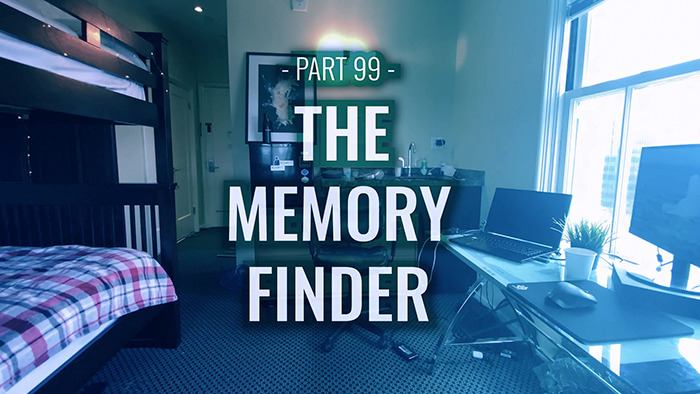
Image credits: Lucas Builds The Future
There was an OVERWHELMING amount of footage
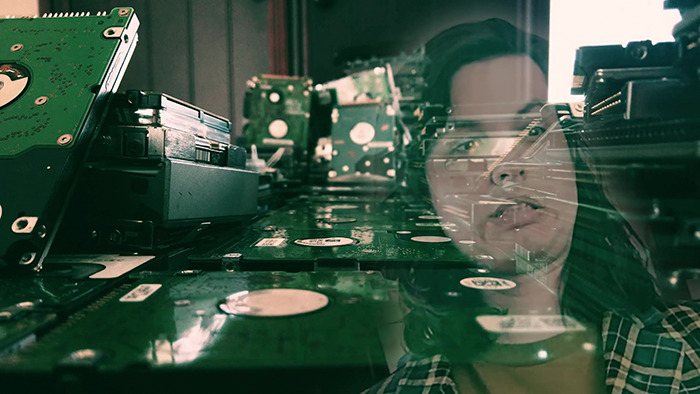
Image credits: Lucas Builds The Future
On the whole, there were some obstacles encountered, but everything worked out in the end. Here’s the finished result:
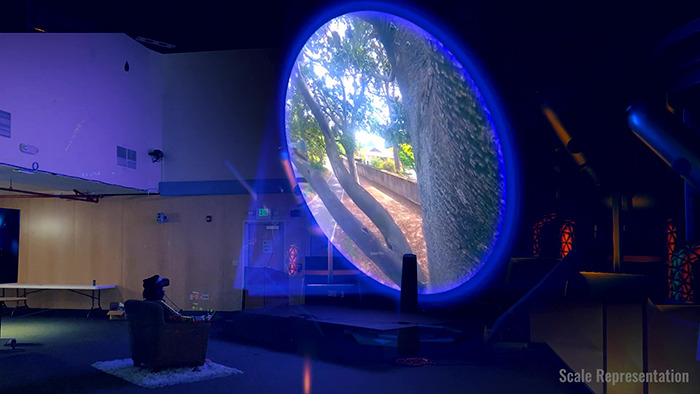
Image credits: Lucas Builds The Future
“It’s really hard to describe the feeling you get reliving your own past. It doesn’t feel like watching a video, not at all. In fact, the moment you see through your eyes again, your brain lights up and you remember everything connected to that moment,” Lucas explains.
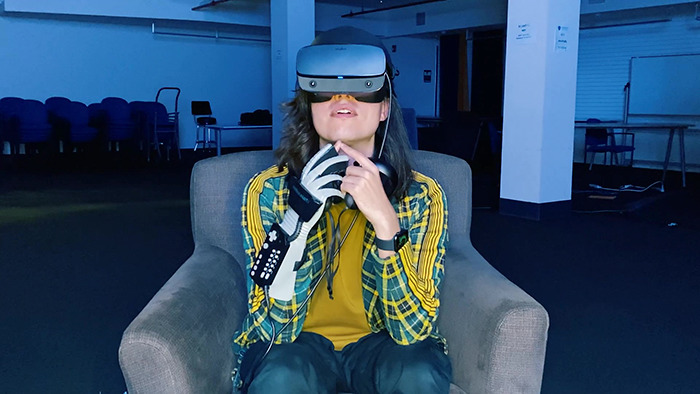
Image credits: Lucas Builds The Future
“You don’t just see the memory portal, you see everything around it. Like the rush of memories you get when you smell food you used to eat as a child. It’s crazy, overwhelming, emotional, and way more immersive than I thought it would be. I was my own ghost watching myself wander through life with no idea what was gonna happen next,” Lucas continues.
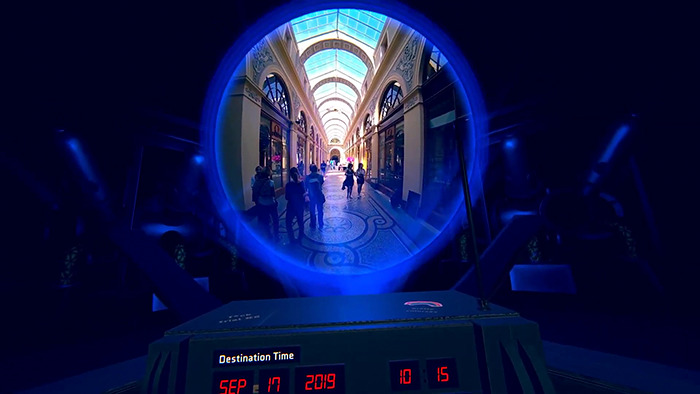
Image credits: Lucas Builds The Future
“But the most surprising thing about this project is how it made me realize how much of my life I had forgotten,” Lucas says in his video. “It made me wonder, how much of our lives we just forget over the years. And I didn’t want that to happen.”
from Bored Panda https://ift.tt/2DvJpBw
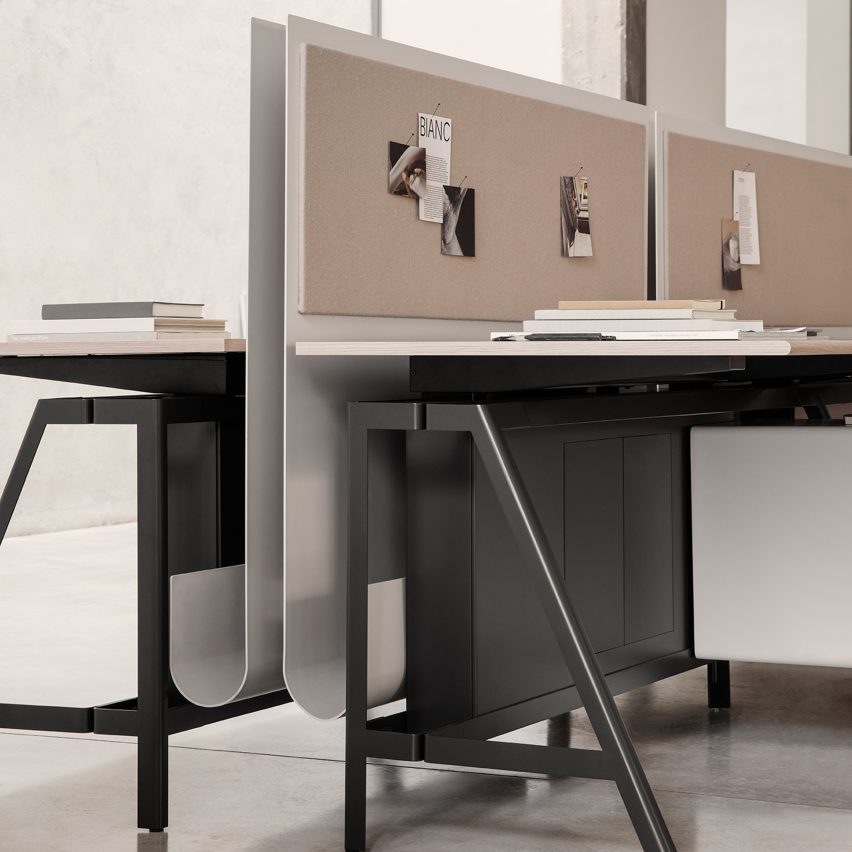
No comments:
Post a Comment